China’s new energy passenger vehicle outputs, wholesales both jump around 30% YoY in H1 2024
Beijing (ZXZC)- In the sixth month of 2024, China’s new energy passenger vehicle (NEPV) production and wholesale volumes came in at 933,000 units and 982,000 units, respectively, representing a 26.6% and 29% year-on-year jump, according to data provided by the China Passenger Car Association.
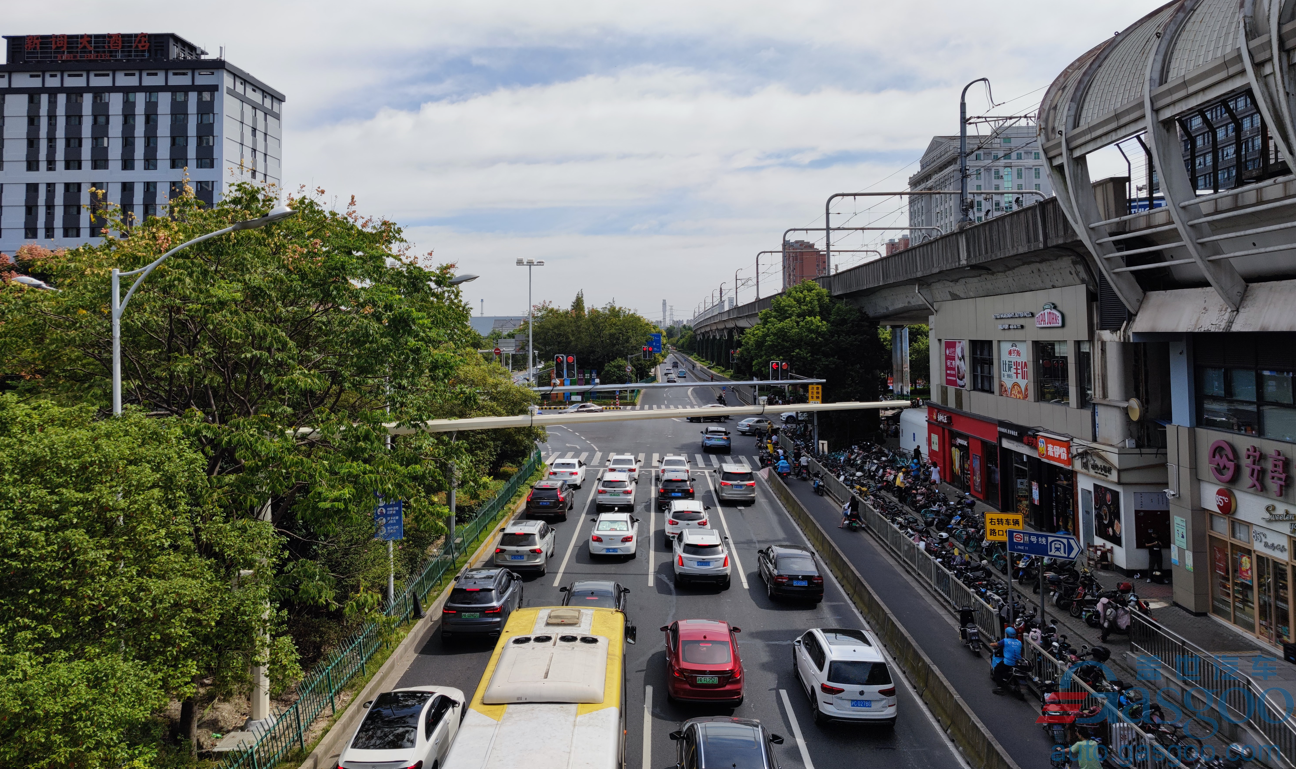
In the first half of this year, China’s NEPV production and wholesale volumes surged 28.9% and 30.3% each from that of the previous year to 4.581 million units and 4.62 million units.
In June, new energy vehicles (NEVs) made up 45.3% of the total passenger cars wholesaled by automakers in China, rising 11.5 percentage points year on year. Specifically, NEVs accounted for 60.7% of the monthly wholesales made by Chinese indigenous brands, 34.4% of luxury vehicle brands, and only 7.4% of mainstream joint-venture brands in the country.
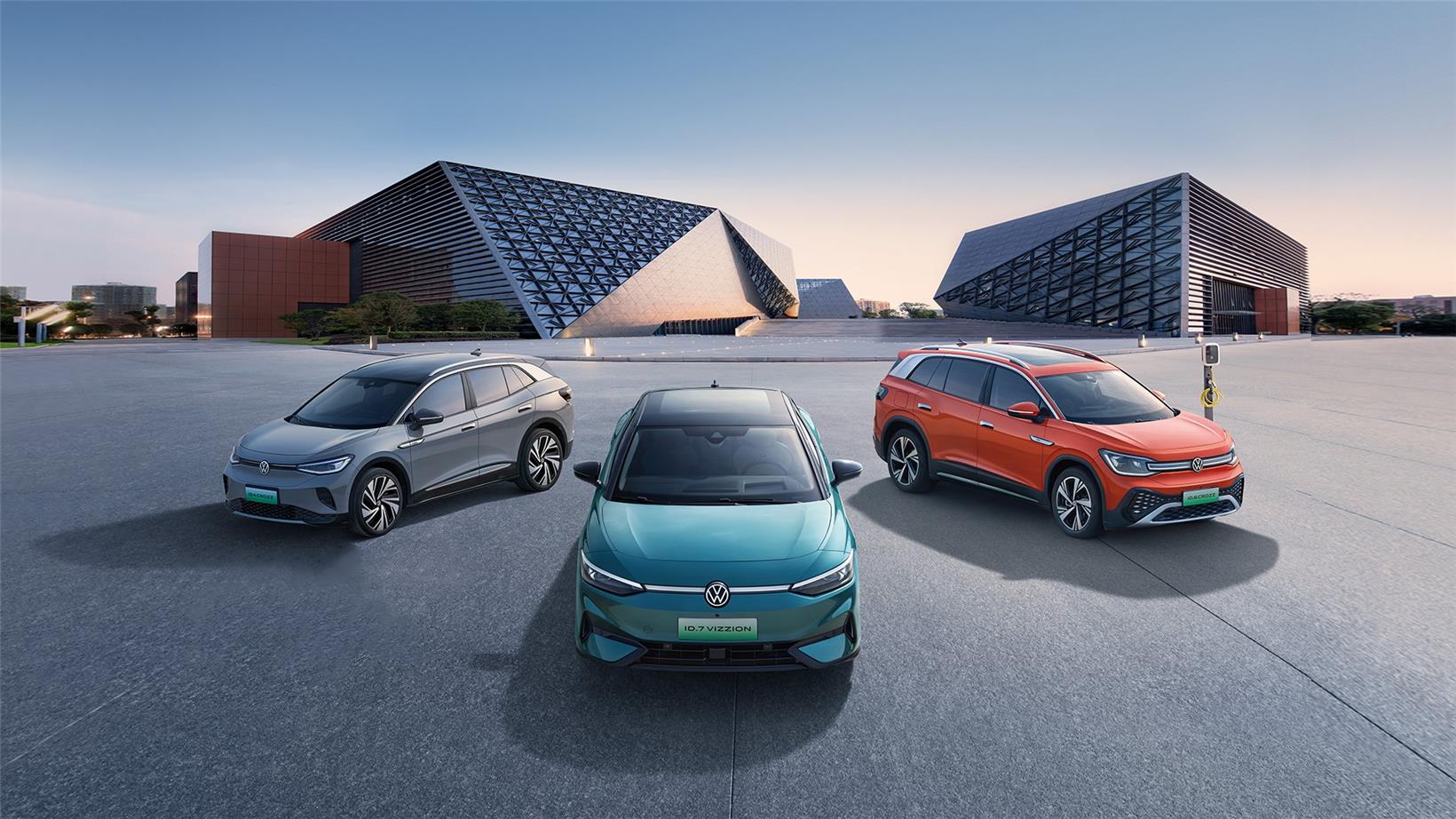
ID. Family; photo credit: Volkswagen
Among mainstream joint ventures, Volkswagen’s unshakable electrification efforts reaped preliminary results. SAIC Volkswagen and FAW-Volkswagen moved a combined volume of 16,547 NEPVs via wholesale, accounting for 43% of the mainstream joint-venture battery electric vehicle (BEV) market in June. Meanwhile, the NEV wholesales of SAIC-GM and FAW Toyota also demonstrated growth.
Regarding the market share of each powertrain solution, BEVs accounted for 57% of China’s total NEPV wholesale volume in the past month, which came in at 559,000 units. Plug-in hybrid electric vehicles (PHEVs) nabbed a 31% share with 308,000 units sold, and range-extended electric vehicles (REEVs) secured the rest 12% of the NEPV market with 116,000 units wholesaled in June.
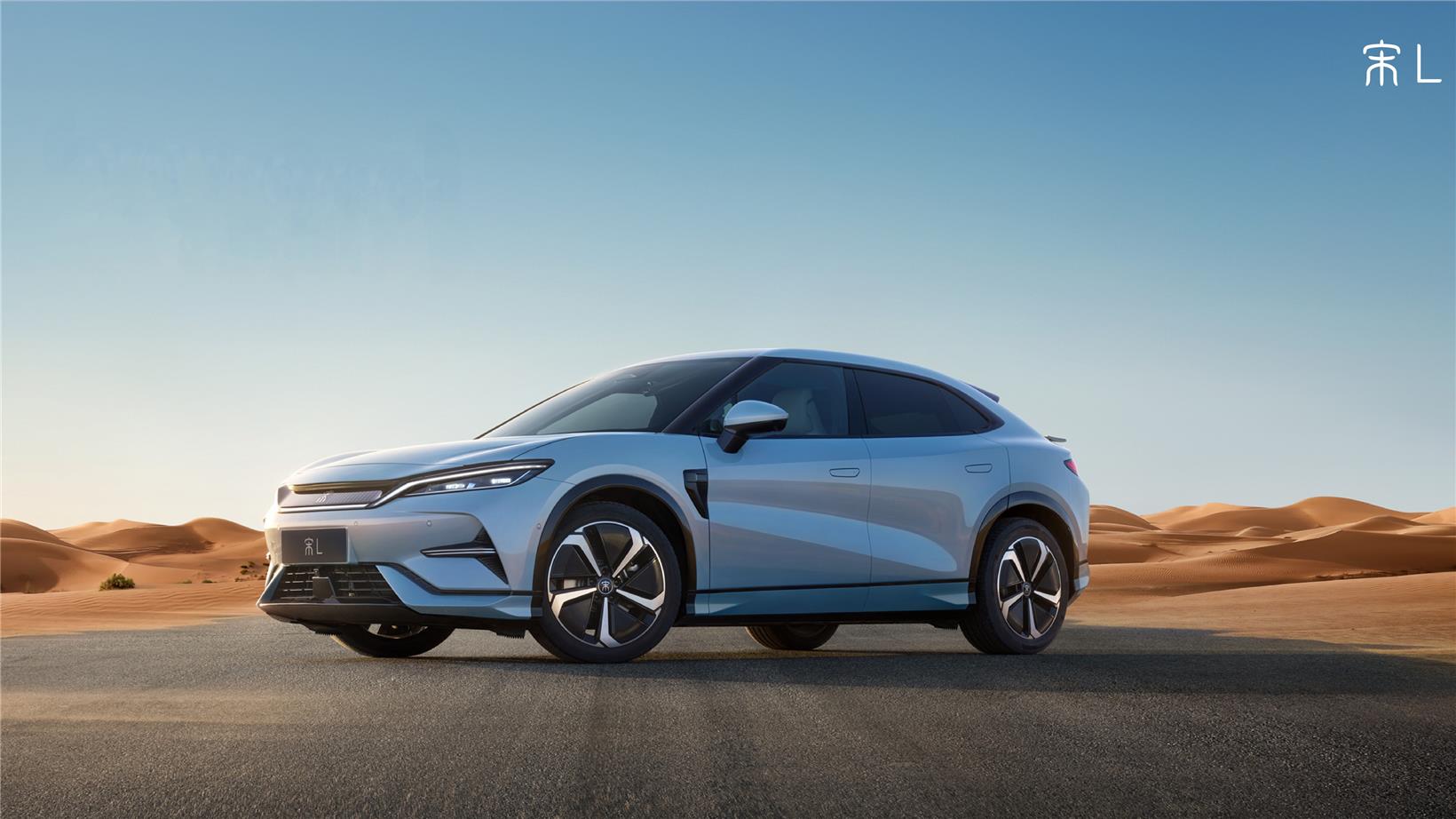
Song L; photo credit: BYD
In the past month, 17 passenger car models realized a monthly wholesale figure surpassing 20,000 units, 10 of which were NEV models, including the top 5 models. BYD's Song maintained its lead with 70,219 units wholesaled in June, which is followed by the BYD Qin (48,350 units), Tesla’s Model Y (43,951 units), the BYD Seagull (36,066 units), and the BYD Destroyer 05 (32,980 units). Notably, Li Auto’s Li L6 made it to the list with 23,864 vehicles wholesaled in June, ranking eighth among the 17 models.
In June 2024, NEPV makers in China sustained its robust performance. Local automakers are continuously expanding their market base by developing and launching products with varied new energy powertrains, which boosted their monthly wholesale volumes. In the past month, 19 carmakers saw their monthly NEPV wholesale volume exceed 10,000 units, which is 6 companies more than that of the same period last year. These companies made up a significant 90.4% of China’s overall NEPV wholesales.
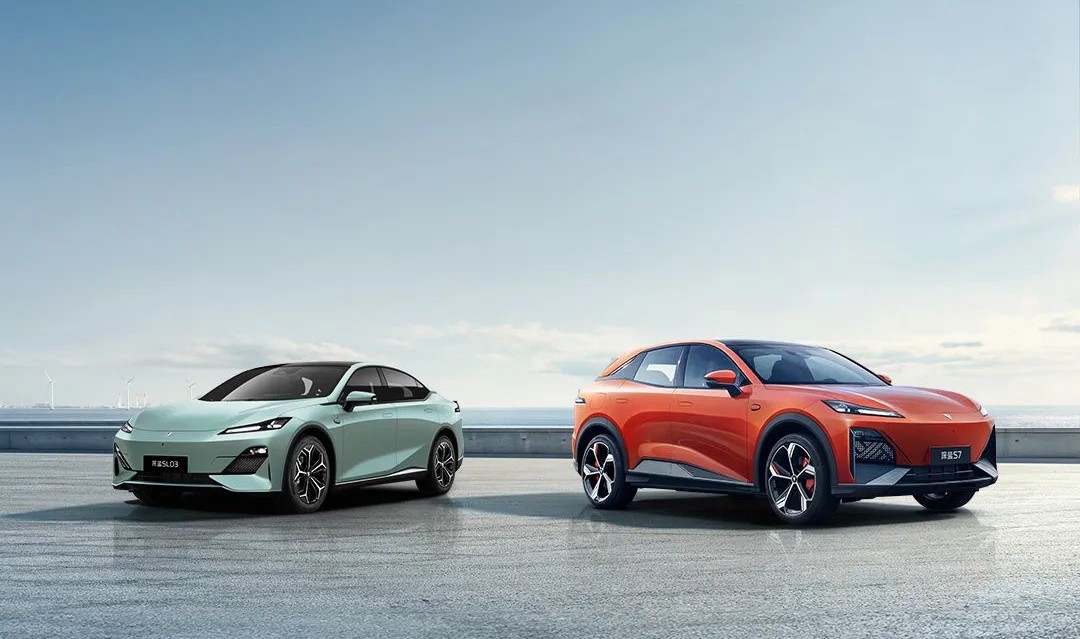
DEEPAL S03, S7; photo credit: Changan Auto
The top five NEPV sellers in June are BYD (340,211 units), Tesla China (71,007 units), Geely Auto (65,959 units), Changan Auto (53,827 units), Li Auto (47,774 units), and SERES (43,850 units).
In terms of the retail market in June, China’s NEPV retail volume stood at 856,000 vehicles, growing 28.6% year over year.
NEVs accounted for 48.4% of the country’s total passenger car retail volume last month, up 13.5 percentage points from a year ago.
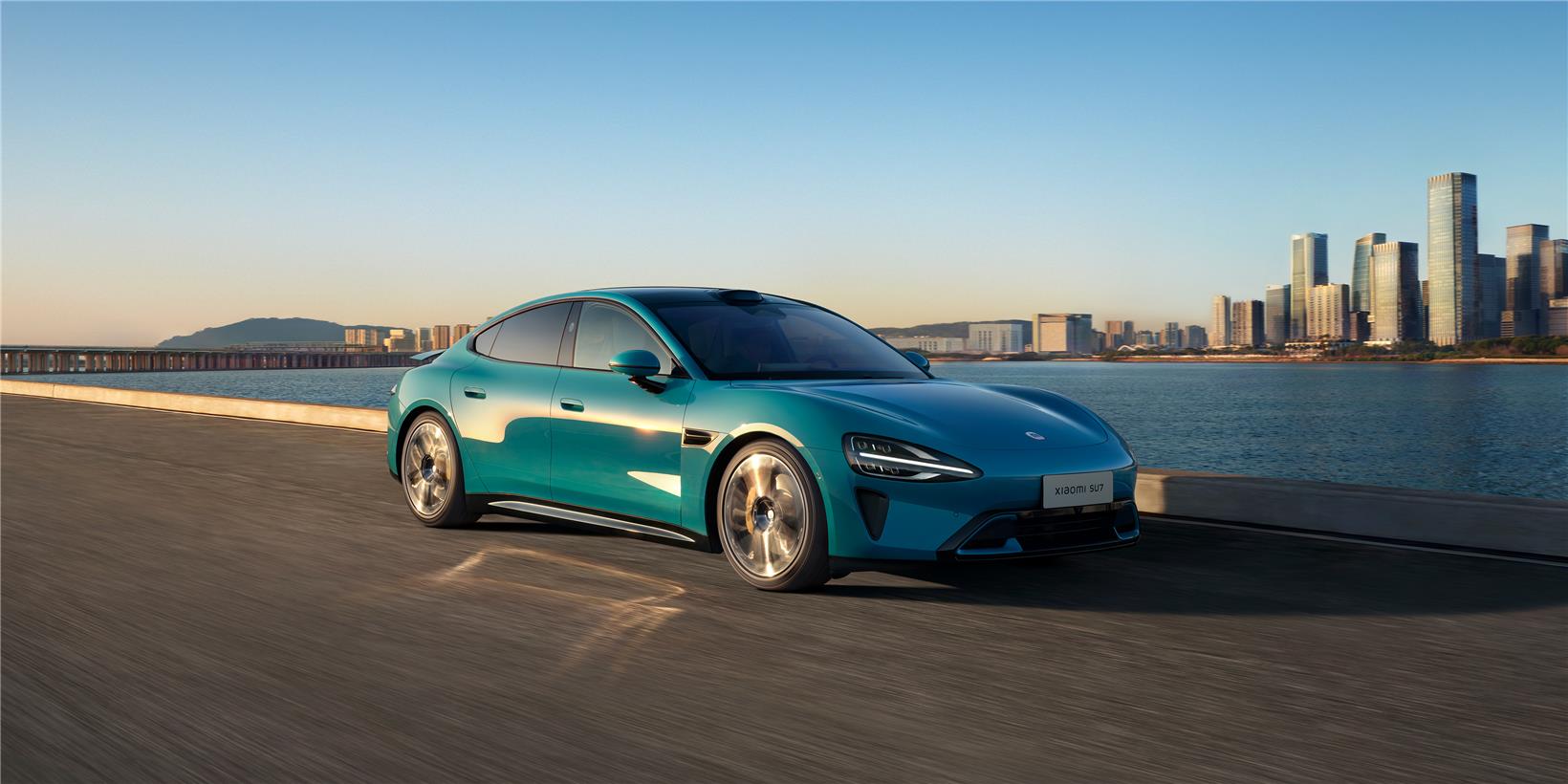
SU7; photo credit: Xiaomi EV
Specifically, 72.5% of the passenger cars retailed by China’s indigenous brands in the last month were NEVs. Meanwhile, the figures were 29.8% and 7.4% for luxury vehicle brands and mainstream joint ventures’ retail volumes in June.
Among the NEPVs retailed in China last month, 68% were under mainstream indigenous brands, dropping 1 percentage points year on year. Joint venture brands’ NEPVs accounted for 4.1% of the market, down 0.6 percentage points from a year ago. The market share of startup NEPV makers, driven by brands like Xiaomi, climbed up 6.3 percentage points from the previous year to 19.1%. Tesla vehicles made up 6.9% of the NEPV retail market in China last month, which slipped 4.3 percentage points year over year.
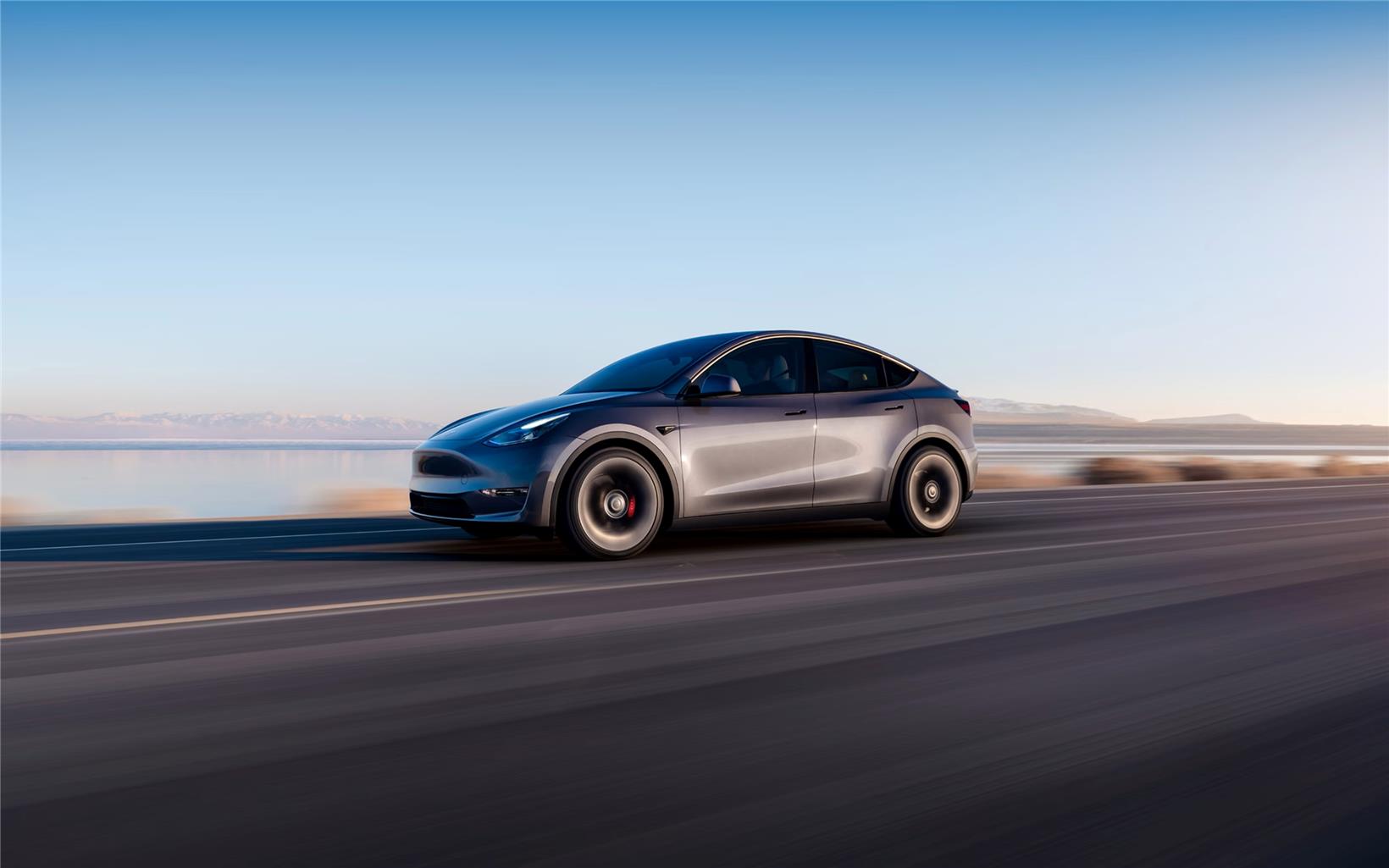
Model Y; photo credit: Tesla
In June 2024, automakers in China shipped roughly 80,000 NEPVs to overseas markets, representing a 12.3% increase year-on-year and constituting 21% of the country’s total passenger car export volume. BEVs made up 72.6% of the total NEPV exports in the last month.
The top three NEPV exporters in June were BYD (26,995 units), Tesla China (11,746 units), and SAIC MOTOR Passenger Vehicle (6,718 units).
In the first six months of this year, China’s NEPV export volume amounted to 586,000 vehicles, hiking up 21.2% compared to that of the previous year.

